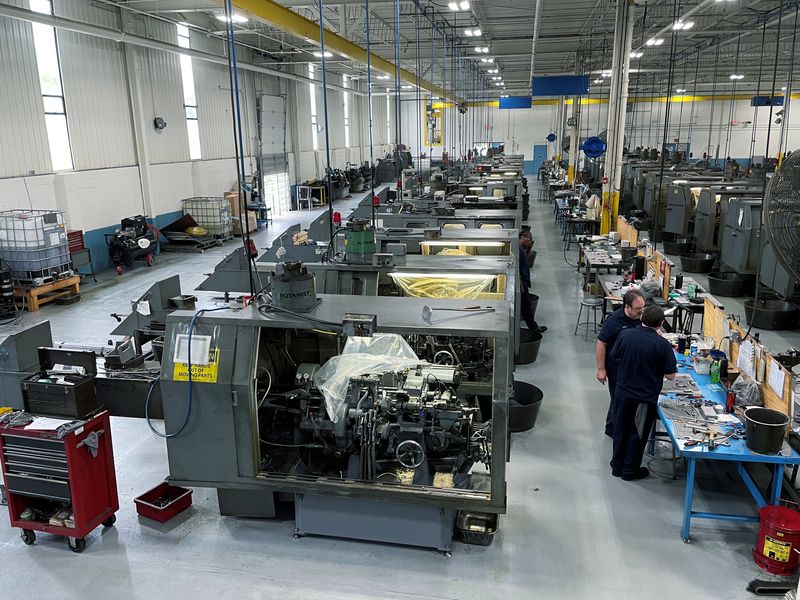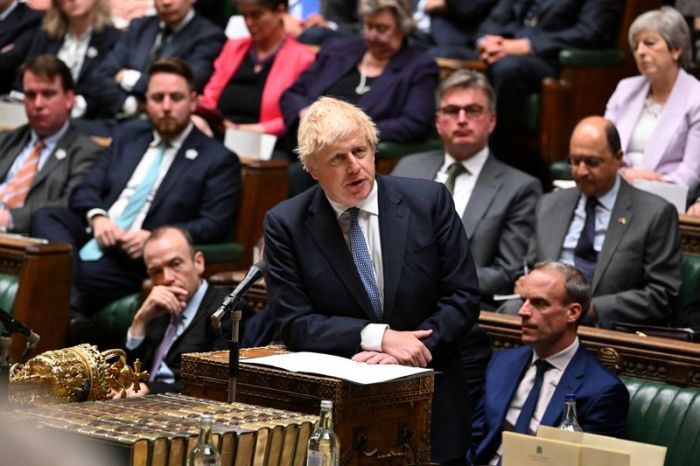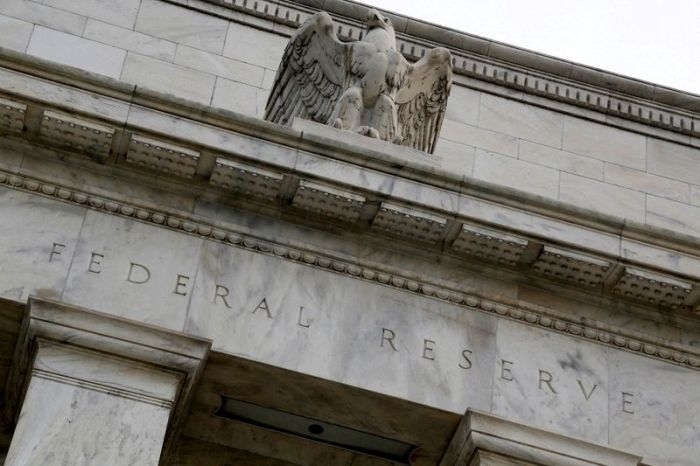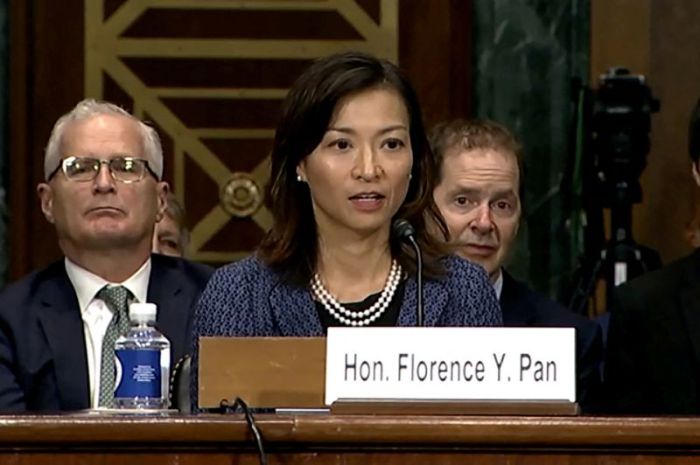WASHINGTON (Reuters) – New orders for U.S.-made capital goods increased less than expected in April, suggesting businesses could be slowing their pace of spending on equipment as they confront growing headwinds from rising interest rates and tightening financial conditions.
The mixed report from the Commerce Department on Wednesday followed on the heels of May regional factory surveys last week showing manufacturers expecting moderate growth in capital spending over the next six months. The Federal Reserve has adopted an aggressive monetary policy stance to cool demand and tame inflation, sparking a stock market sell-off and boosting U.S. Treasury yields and the dollar.
“Rate-sensitive business equipment investment growth is beginning to slow,” said Michael Pearce, a senior U.S. economist at Capital Economics in New York. “That is consistent with our view that economic activity is bending rather than breaking under the impact of higher rates.”
Orders for non-defense capital goods excluding aircraft, a closely watched proxy for business spending plans, rose 0.3% last month. These so-called core capital goods orders advanced 1.1% in March. They were up 10.0% on a year-on-year basis.
Economists polled by Reuters had forecast core capital goods orders gaining 0.5%. The data are not adjusted for inflation, which also contributed to the gains in orders last month.
“When production inputs are more expensive, maintaining existing investment levels and replacing depreciating capital makes a business spend more dollars, even if the investment does not really expand capacity,” said Will Compernolle, a senior economist at FHN Financial in New York.
Core capital goods orders were held back by modest decreases in bookings for fabricated metal products as well as electrical equipment, appliances and components. There were solid increases in orders for machinery and primary metals. But orders for computers and electronic products barely rose.
Shipments of core capital goods increased 0.8% last month after climbing 0.2% in March. Core capital goods shipments are used to calculate equipment spending in the gross domestic product measurement.
On Wall Street, stocks were trading higher following recent sharp losses. The dollar rose against a basket of currencies, and U.S. Treasury debt prices were mostly up.
CLOUDS LOOMING
Robust business investment in equipment helped keep domestic demand strong in the first quarter even as the economy contracted at a 1.4% annualized rate, burdened by a record trade deficit. April’s increase in core capital goods shipments suggested business spending would keep growing, though probably not at the 15.3% pace logged last quarter.
Despite the strong growth in shipments, clouds are looming over business spending and manufacturing. The Fed has raised its policy interest rate by 75 basis points since March. The U.S. central bank is expected to hike the overnight rate by half a percentage point at each of its next meetings in June and July.
Minutes of the Fed’s May 3-4 meeting published on Wednesday showed a “few participants indicated that some of their business contacts were reportedly hesitant to expand capacity or had postponed construction projects,” although overall business investment remained underpinned by strong consumer demand, healthy household balance sheets and inventory rebuilding.
A survey from the New York Fed last week showed a measure of capital expenditures by businesses in New York state fell in May to its lowest level in several months. The Philadelphia Fed’s gauge of future capital expenditures dropped to its lowest reading since February 2016, which the regional bank said suggested “less widespread expectations for capital spending.”
China’s zero COVID-19 policy, which led to the shutdown of the commercial hub of Shanghai, is likely to further entangle supply chains, hampering capital spending. Goldman Sachs trimmed its second-quarter GDP growth estimate by one-tenth of a percentage point to a 2.4% rate on Wednesday’s data.
Some economists, however, do not believe business spending and manufacturing, which accounts for 12% of the U.S. economy, are slowing, attributing last month’s modest gain in core capital goods orders to snarled supply chains.
“Not only do manufacturers have plenty of unfilled orders to keep factories running at full tilt, even in the event of a slowdown in demand, we also expect sky-high labor costs and limited availability of workers to motivate businesses to seek labor-saving technologies and support demand for equipment,” said Shannon Seery, an economist at Wells Fargo in New York.
Orders for durable goods, items ranging from toasters to aircraft that are meant to last three years or more, rose 0.4% after increasing 0.6% in March. They were supported by a 0.6% rebound in orders for transportation equipment, which followed a 0.3% decline in March.
Motor vehicle orders slipped 0.2% after surging 4.8% in March. Orders for the volatile civilian aircraft category rose 4.3%. Shipments of durable goods edged up 0.1% last month after accelerating 1.4% in March. Unfilled durable goods orders rose 0.5%, matching March’s gain.
(Reporting by Lucia Mutikani; Editing by Nick Zieminski, Jonathan Oatis and Chizu Nomiyama)























